Back in autumn of 2009 my friend Sabina asked me if I could take a group photo of her ice hockey team for the 2010 calendar. It was a bit unexpected, because I had no idea she played hockey, and the very existence of a female hockey team in Kraków came as a surprise. So one evening I took my camera and went to the ice rink to see what it was all about.
Immediately upon arrival, I knew I had to do more photography there. The calendar photo came out nicely (for my skills at the time), and I decided to ask the team and the coaches if I could make a photo project about them. Having Sabina back my question, they kindly agreed, and I was welcome to visit their practice sessions and photograph. So I did for several months.
Women’s ice hockey wasn’t at all popular back then, and the small semi-professional league was only starting to emerge. Training practice was usually late in the evening when male teams and everyday skaters left the rink, the games were held in empty venues, there was little financing. It was purely a grassroots movement, and I am lucky to have been able to photograph it.
If you’ve seen my other photos, you realise that sports photography isn’t really my forte. I wasn’t there for these spectacular dynamic shots you usually associate with this genre of photography. I wanted to document what was going out in between matches, on and off the ice rink. It took quite a long time before I could actually start making the photos I wanted, the team had to get used to me being around, but once they realised that I am invested in the project and I am there for the photos — not just a voyeur with a camera — they let me photograph and stopped noticing my presence. I was there for the trainings, I photographed the games, I also travelled with the team when they were playing in other towns.
Photographing women’s ice hockey, or any sport that has its players clothed in protective equipment, is not easy. Once the girls were all kitted out it was difficult to tell they were actually women, and it was the point of the entire project to showcase that. It was a challenging act to show the actual sport, and to at least attempt showing the female side of things. I don’t know If I succeeded, but I did what I could at the time.
This was also the first time I learned the hard way that equipment does matter. At that time I was mostly interested in street photography and I was using a slow super-wide angle zoom lens, and a couple of primes (the longest was 50mm) with my Nikon d300. It was certainly an above average set for 2009, but I had no flash and was forced to photograph in available light, which seriously limited my abilities. I was never a fan of flash and I thought that available light documentary photography was somehow better. I was not prepared for the conditions I had to shoot in. There was basically no light. The ice rink had the best lighting, but still, I had to shoot at ISO 800-1600, and it is worth noting that my trusty Nikon was basically useless at this ISO range if the photos were only slightly underexposed. The noise and loss of details was just staggering. Add to this the tungsten and fluorescent light sources, and you had a recipe for disaster. Poor low light performance combined with slow shutter speeds meant that I had barely usable, dark and blurry photos. It was a struggle, to say the least. Also, the limited number of focal lengths I had, meant that sometimes I had to be on the ice to get close enough or to get an interesting angle. It is not easy to make photos while skating, I can tell you that.
The editing process and final selection of images were extremely challenging. Once all the duds were removed from the list, I was left with thirty-something images out of nearly two thousand. Also, these weren’t the best photographs, these were the “best” technically-acceptable images that were somewhat usable.
With the help of the editorial team of the FotoIndex magazine, which was an online zine about Polish documentary photography, gaining traction at the time, I came up with a final selection of fifteen images that were to be published among other sports themed stories in an upcoming issue. The selection is linear in its nature, as if a “day in the life”. The colour palette is mostly red and white. Below are thumbnails of the original edit.
I was happy with the edit at the time, but today I think it is too long, repetitive and a bit boring. Today I would change the selection and bring back some outtakes, to make the entire edit more dynamic and colourful. The original edit focuses strictly on the Cracovia team, and there are no photos of players from other teams. We did that to unify the colour palette, and to make the entire story about this team only. I think this went a bit too far, because it puts the team in a limbo, without a broader context.
So, after a lengthy deliberation, I chose the following twelve images as my current edit.
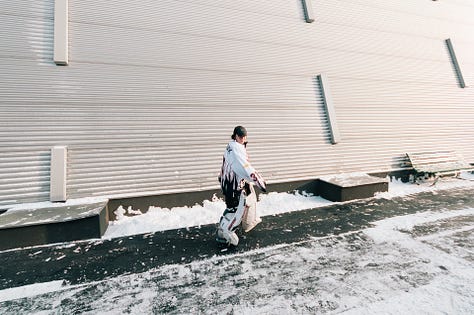
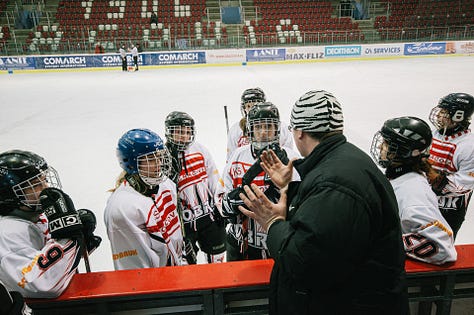
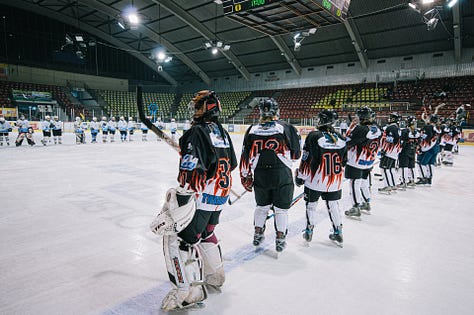
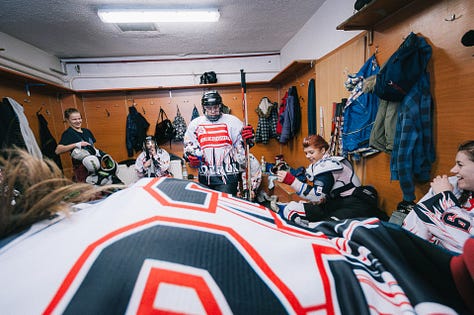

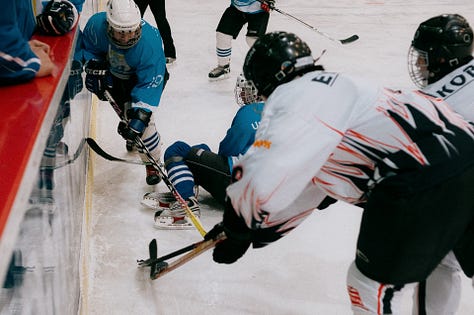


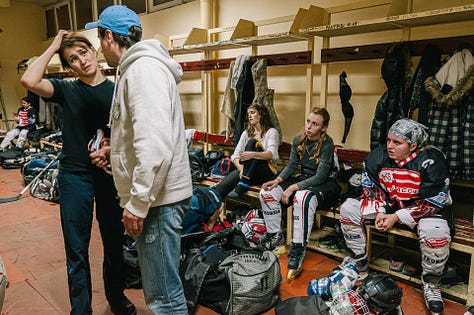
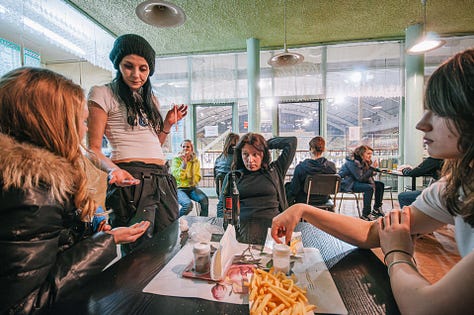
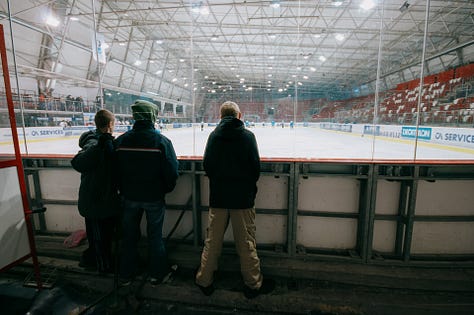
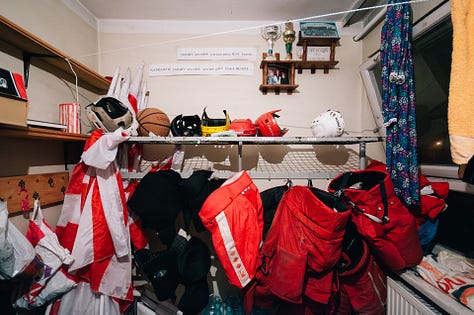
I wish I had more images to select from, but still, I think it is a strong edit with a few standout images.
Let me know what you think in the comments. I certainly had fun going back to these images, and was really surprised what current denoising tools can do. Some of these photos gained a new life.
Till the next one!
If you have time, check out these posts from the Photo Excursions series:
Photo Excursions #6
Easter is near, and the Palm Sunday is just around the corner. This means that Easter palms are made all around Poland for the upcoming celebrations.
Photo Excursions #8
Today, besides the customary Palm Sunday celebrations, a Stations of the Cross procession was held in the afternoon in the village I live in.
Photo Excursions #10
Last year in October, the new venue of the museum of modern art in Warsaw, Poland opened its doors. Muzeum Sztuki Nowoczesnej, as it goes in Polish, is a controversial one. A huge white slab, seemingly out of place, but at the same time, very fitting to its surroundings. It is an all white inside, very functional and modern exhibition space.








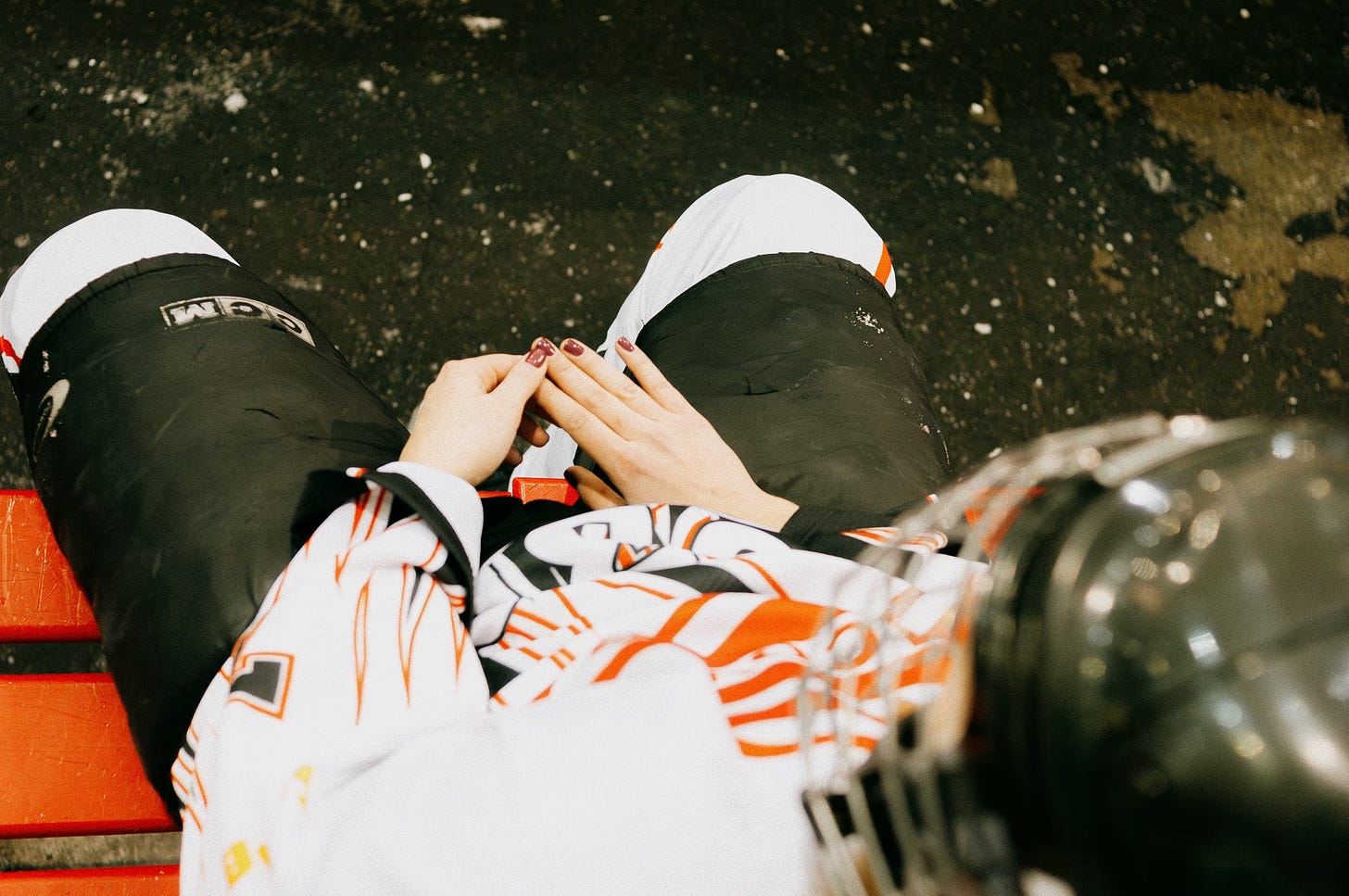



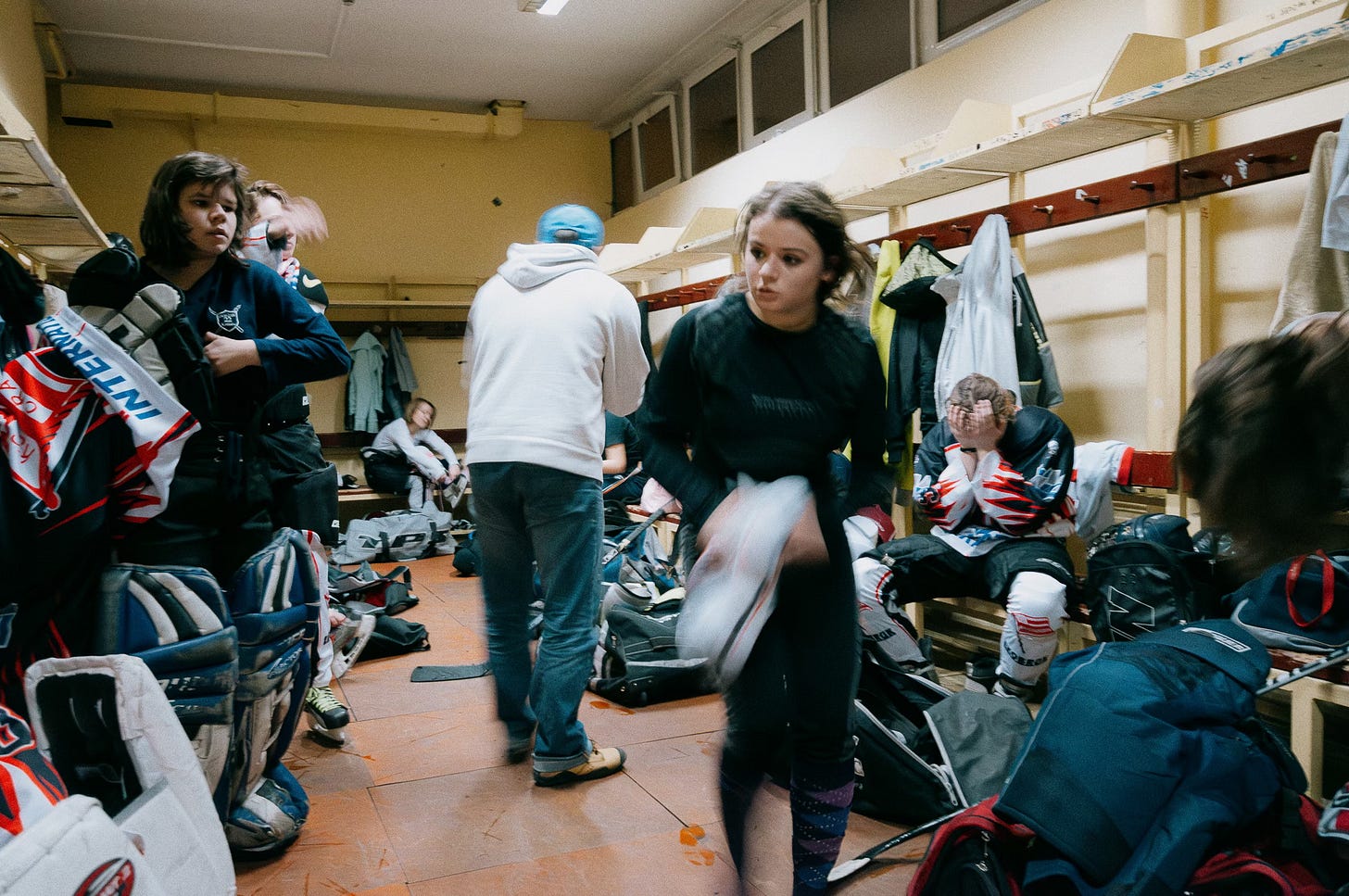
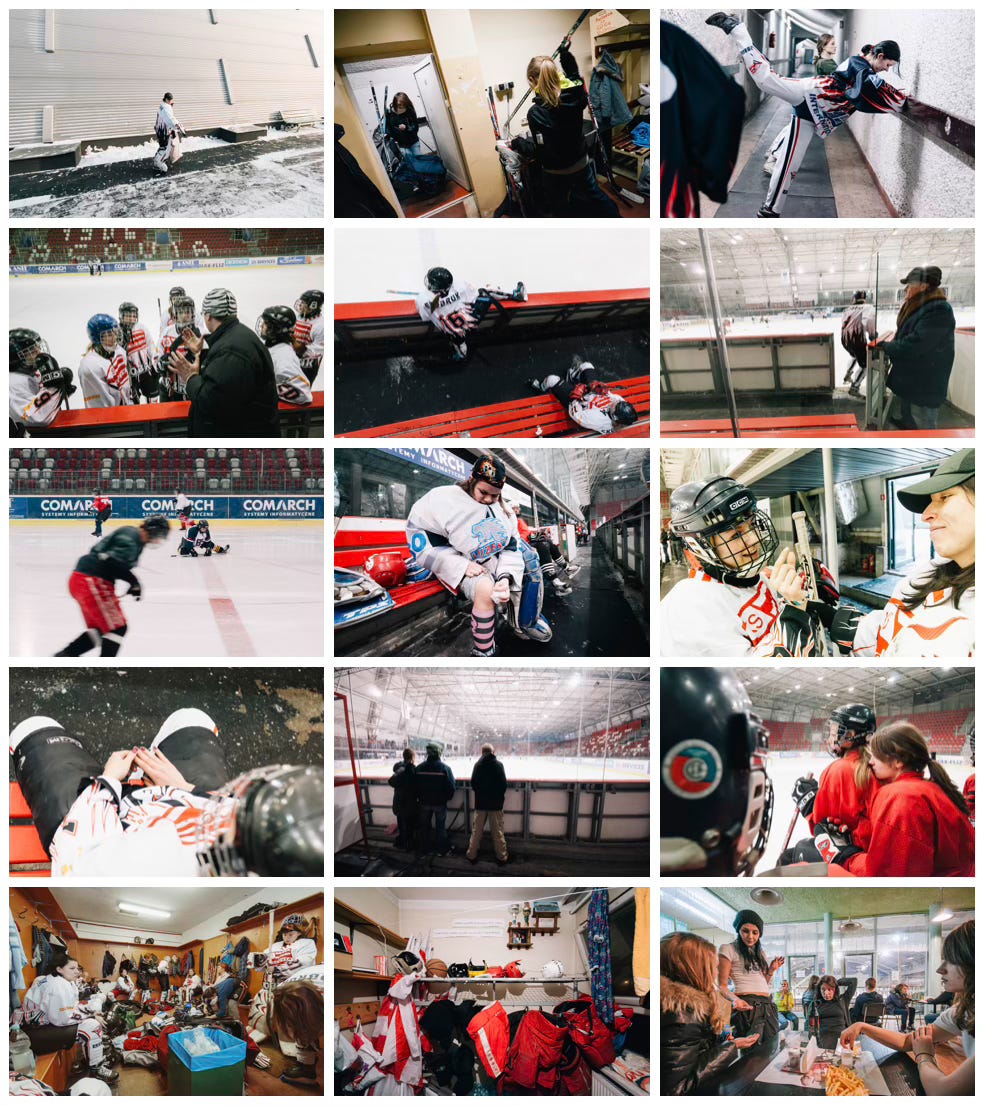



kolejna dobra opowieść panie Jakubie:)
Both series look good to me.